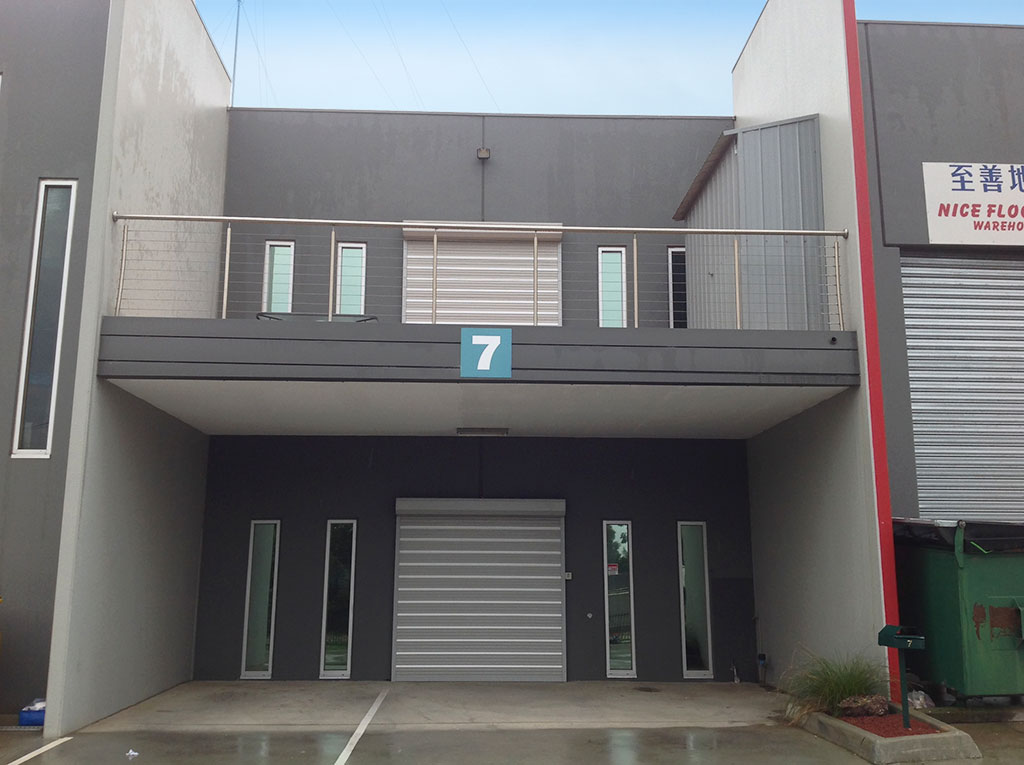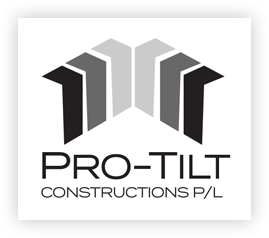Fire-Resistant Precast Buildings for Industrial Safety
29 January 2024
Explore the fire-resistant properties of precast buildings and their role in enhancing industrial safety with Protilt in Melbourne CBD. Call (03) 9359 0088.
Precast concrete gives engineers more freedom in planning and designing industrial projects.
However, fire incidents in industrial spaces happen, and they not only pose a significant risk to human lives but can also result in substantial economic losses. In this context, the emergence of fire-resistant precast buildings has become a revolutionary stride towards ensuring the safety and integrity of industrial structures.
The Significance of Fire Resistance in Industrial Spaces
Industrial environments often harbour inherent fire risks due to the nature of processes involved, the presence of combustible materials, and the sheer scale of operations. Therefore, constructing buildings with robust fire-resistant features is not just a regulatory requirement but a crucial measure for safeguarding assets and lives.
The Advantages of Fire-Resistant Precast Buildings
Precast concrete buildings offer superior fire resistance compared to other construction methods. Concrete does not burn or spread flames, and retains strength when exposed to high heat. Precast concrete walls, floors, and roofs act as barriers to contain fires in isolated areas. The fire-resistant properties of precast buildings provide crucial protection for occupants and valuables, reducing property damage and business interruption from fires. Precast concrete materials and systems effectively create resilient, non-combustible structures with a high degree of fire safety.
• Highly Durable Materials – Fire-resistant precast buildings are constructed using high-quality materials that possess exceptional heat-resistant properties. This ensures the structural integrity of the building during the critical moments of a fire incident.
• Enhanced Safety Standards – The inherent fire-resistant qualities of precast materials contribute to an elevated level of safety for occupants and emergency responders. These structures are designed to withstand the intense heat of a fire, providing crucial time for evacuation and intervention.
• Rapid Construction and Installation – Precast construction methods allow for quicker assembly compared to traditional building techniques. This not only reduces construction timelines but also minimises the overall exposure to potential fire risks during the building process.
• Customisation for Specific Needs – Precast building components can be tailored to meet the specific requirements of industrial facilities. This level of customisation ensures that fire-resistant structures are not just a standard solution but a bespoke answer to the unique challenges posed by individual industrial settings.
• Cost-Effective Solutions – Despite the advanced technology and materials involved, fire-resistant precast buildings offer a cost-effective solution in the long run. Their durability, coupled with reduced construction time, results in lower lifecycle costs and a higher return on investment.
• Regulatory Compliance – Adhering to safety standards is a crucial aspect of industrial building regulations in many countries. Opting for precast concrete buildings, known for their fire-resistant properties, ensures compliance, saving owners from potential costly fines and lawsuits associated with non-compliance.
• Asset Protection – Industrial facilities house valuable equipment and materials. Precast buildings can protect these valuable assets from fire damage, ensuring business continuity during an emergency. By investing in precast buildings, businesses can reduce the risk of financial losses from fire damage.
Ensure the safety and resilience of your industrial facility by choosing Pro-Tilt‘s fire-resistant precast buildings. As a leading industrial builder in Melbourne, our innovative solutions can elevate your industrial safety standards and protect your most valuable assets.
Optimized by: Netwizard SEO

